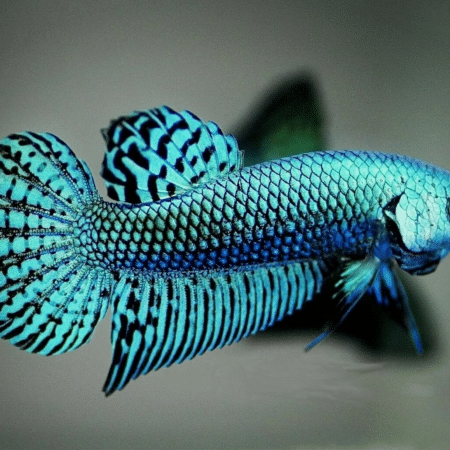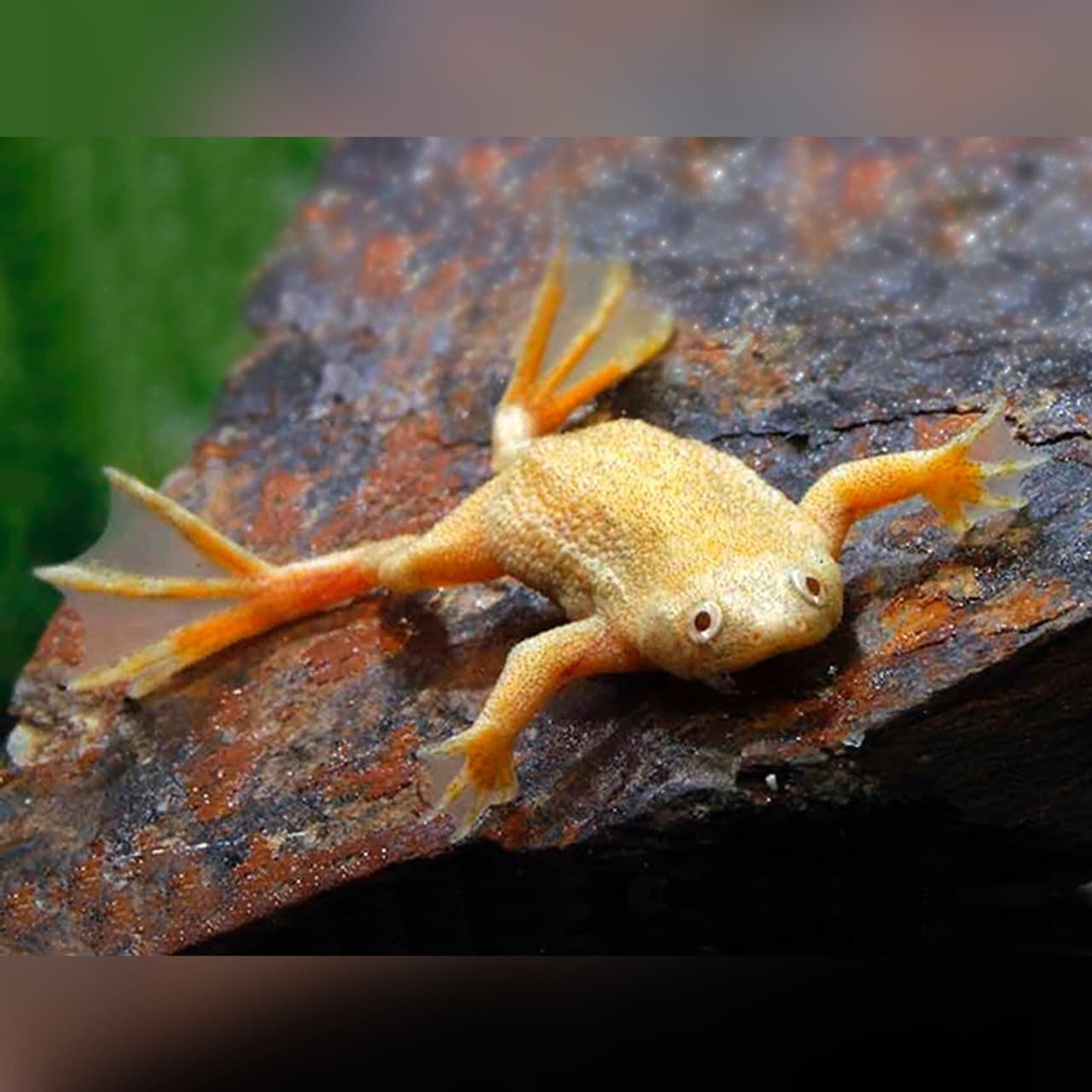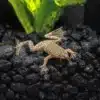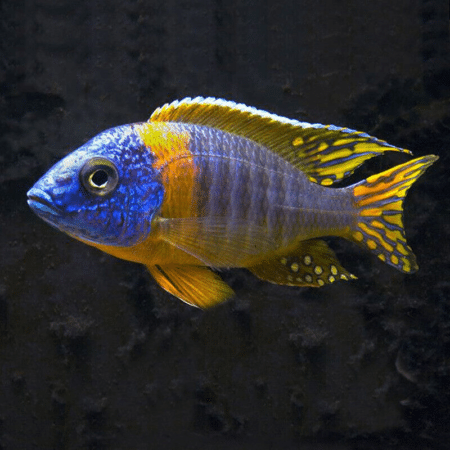-
×
-
×
-
×
-
×
-
×
-
×
Red Devil Vampire Crab - Geosesarma Hagen - Decapod Crustacean 3 × £8.71
-
×
-
×
-
×
-
×
-
×
Golden Eyes Vampire Crab - Geosesarma Sp. - Decapod Crustacean 1 × £8.71
-
×
-
×
Assorted Colour Vampire Crab Geosesarma Sp 2-3Cm 1 × £8.71
Subtotal: £666.36






 Red Devil Vampire Crab - Geosesarma Hagen - Decapod Crustacean
Red Devil Vampire Crab - Geosesarma Hagen - Decapod Crustacean 



 Golden Eyes Vampire Crab - Geosesarma Sp. - Decapod Crustacean
Golden Eyes Vampire Crab - Geosesarma Sp. - Decapod Crustacean 
 Assorted Colour Vampire Crab Geosesarma Sp 2-3Cm
Assorted Colour Vampire Crab Geosesarma Sp 2-3Cm 









Emily Carter (verified owner) –
I recently added the Gold African Dwarf Frog to my aquarium, and I must say, it’s been an absolute joy! After about two months of keeping him, I’ve observed his playful nature and unique personality that really brings my tank to life. Their small size makes them perfect for community tanks with other peaceful fish, and they thrive in a well-maintained aquarium. I’ve found that he loves to explore the plants and interacts so well with my other fish.
One of the best aspects of this pet frog is that they have a gentle demeanor, making them suitable for beginners and seasoned aquarists alike. Watching him glide through the water is mesmerizing! However, I did notice he enjoys hiding more than I expected, so be sure to provide plenty of hiding spots or plants. I also recommend maintaining a stable water temperature to ensure his happiness.
If you’re looking for something fun and low-maintenance to add to your aquarium supplies, the Gold African Dwarf Frog is an excellent choice. Perfect for anyone wanting to enhance their aquatic display while caring about fish welfare. I would definitely buy again!
Emily Carter (verified owner) –
I recently added the Gold African Dwarf Frog to my community aquarium, and I couldn’t be happier! These little guys are not just stunning with their golden hue, but they also bring such a calming presence to my tank filled with guppies and tetras. I’ve had them for about two months now, and watching them hop around among the aquarium plants is such a joy!
One of the best features of these frogs is their peaceful nature. They coexist beautifully with my other fish, showing no aggression whatsoever, which is something I truly value in a community setting. Compared to other freshwater frogs I’ve kept, like the more boisterous Clawed Frog, these little ones are so much easier to manage.
While they do occasionally dive into the substrate, I recommend adding some smooth stones or gentle aquarium plants to provide them with hiding spots. This not only makes them feel secure but also enhances the overall aesthetic of the tank.
I wholeheartedly recommend the Gold African Dwarf Frog for anyone looking to enrich their aquarium experience. They are perfect for both new and seasoned aquarium enthusiasts seeking a unique, interactive companion!